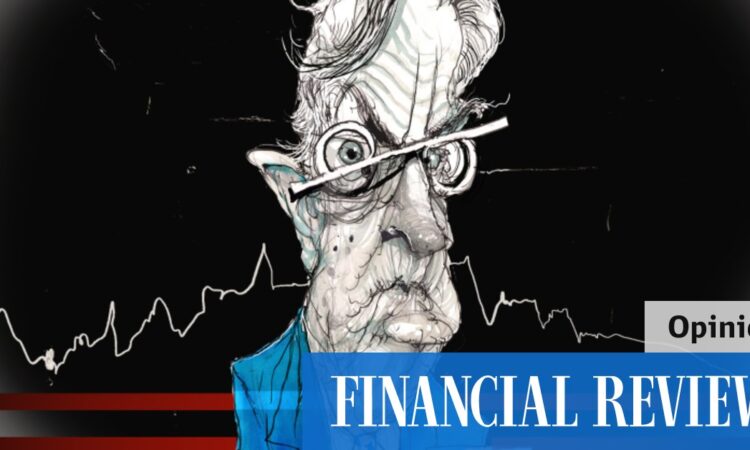
Last week, the US Federal Reserve battered investors’ confidence when it confirmed its intention to keep official interest rates higher for longer. As a result, short-term interest rates are likely to remain above 5 per cent until at least the end of next year.
And this suggests that the yield on benchmark US 10-year bonds could well breach the 5 per cent level. (Yields rise as bond prices fall.)
The sobering new reality for investors who have grown used to interest rates at historically low levels is that the years of when they could borrow money that was virtually free are now over.
Already, investors are signalling unease that higher borrowing costs will dent corporate earnings.
Adding to the growing pessimism, a growing number of economists are warning that the neutral rate of interest – the level that neither boosts economic activity, nor causes it to slow – has pushed higher.
Now, the neutral rate – which is influenced by factors including demographics, the global demand for capital levels of government debt, and the outlook for inflation and economic growth – can’t be measured directly.
Instead, economists gauge the neutral rate by evaluating how the economy responds to interest rates at a particular level. If growth remains too strong, and inflation too high, it means the neutral rate is higher than thought, and monetary policy isn’t tight enough.
What’s more, the neutral rate changes over time. Before the financial crisis, economists estimated it was around 4 per cent. After allowing for a 2 per cent inflation rate, this suggested the real neutral rate was around 2 per cent. In the decade after the crisis – characterised by sluggish growth and feeble inflation – the rate dropped back to around 0.5 per cent in real terms.
But the resilience of the US economy in the face of the most aggressive monetary tightening in decades suggests the real neutral interest rate has climbed back to around 2 per cent.
Now, it’s not surprising that the neutral rate should be rising, given the likelihood the US government will continue to run bloated budget deficits. The deficit is now running at 6 per cent of gross domestic product, and this is expected to keep rising. As a result, the government is on track to run up budget deficits of $US18.8 trillion ($29.2 trillion) over the coming decade, according to the Congressional Budget Office.
To cover these yawning deficits, the government will have to increase its borrowings. The Congressional Budget Office calculates that US government bonds held by the public will rise from 98 per cent of GDP in 2023 to 118 per cent in 2033.
To encourage private investors to hoover up this debt, it’s likely the US government will be forced to offer a higher rate of interest on the bonds it issues. At the same time, the Fed is now shrinking its $US8.1 trillion balance sheet, and this will put further upward pressure on US bond yields.
The Fed purchased trillions of dollars of US government bonds after the financial crisis and again during the pandemic – under a policy known as quantitative easing – in a deliberate attempt to push long-term yields lower.
But the Fed has now changed tack, and is now shedding US government bonds. Economists warn the Fed’s quantitative tightening will force the private sector to finance more of the US government’s debt, and this is likely to push bond yields even higher.
Squeeze on marginal consumers
Already, investors are signalling unease that higher borrowing costs will dent corporate earnings. US investors were net sellers of mutual funds and exchange-traded funds in the week to Wednesday, withdrawing $US16.8 billion according to LSEG Lipper figures.
In particular, enthusiasm for financial technology companies is cooling as investors brace for a protracted period of higher interest rates.
PayPal shares fell 10 per cent last week, while buy now, pay later company Block fell 15 per cent to the lowest level in three years. Online brokerage company Robinhood Markets’ share price dropped almost 9 per cent.
Fintechs are seen as more vulnerable to rising rates as higher interest rates will squeeze marginal consumers who are more likely to borrow from a fintech lender, rather than a conventional bank. As a result, there are fears that fintech lenders will see default rates climb higher.
At the same time, higher interest rates mean investors no longer need to buy riskier assets to earn high yields, given that the bond market is now offering attractive yields with relatively low risk.
Growing gloom about rising interest rates is being compounded by fears that the US government is careening towards a damaging shutdown.
Investors fear there’s little chance of US legislators reaching a budget deal given the staunch opposition from an ultra-conservative minority within the Republican Party pushing for swingeing spending cuts.
Unless the impasse is broken by next Saturday, millions of US government employees will begin to be furloughed.





